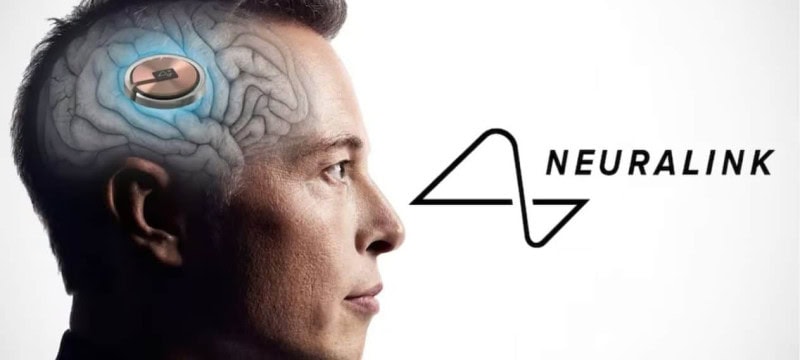Unlocking the Future: The Neuralink Chip Revolution
In the realm of science fiction, the fusion of humans with machines has long held our fascination. Whether it’s the cybernetic enhancements of “The Six Million Dollar Man” or the mind-bending possibilities of “The Matrix,” the idea of augmenting human capabilities through technology has been a recurring theme. Elon Musk’s Neuralink, a real-world endeavor, is actively working to turn this sci-fi dream into a tangible reality. This article delves into the world of Neuralink chips, unveiling their nature, potential advantages, and the complex challenges they bring.
Read more:What will be K-12 classroom of the future look like
The Enigmatic Neuralink Chip
The Neuralink chip is a brain-computer interface (BCI) conceived by Neuralink, Elon Musk’s brainchild. This tiny yet potent chip is meticulously designed for implantation within the human brain, with the profound objective of enabling direct communication between our minds and external devices. This technology possesses the transformative power to reshape various domains, including healthcare, communication, and even entertainment. However, it’s essential to note that the Neuralink chip remains in its nascent stages, with extensive research and testing yet to be conducted before widespread adoption.
Paving the Path to Advancements
1. Medical Marvels: Foremost among the advantages is the revolutionary impact on healthcare. Neuralink chips hold the promise of reinstating lost functions in individuals with neurological conditions. Those grappling with paralysis, for instance, may regain the precious ability to move or communicate.
2. Cognitive Enhancement: These chips carry the potential to elevate human intelligence by bridging our minds to the boundless realm of the internet. The result: amplified problem-solving abilities, heightened creativity, and accelerated learning.
3. Mental Health Breakthroughs: Neuralink technology could usher in fresh approaches to treating mental health disorders like depression and anxiety, facilitating direct modulation of brain activity.
4. Communication Evolution: For individuals confronting speech impediments or those rendered voiceless due to injury or illness, Neuralink chips offer a pathway to direct brain-to-computer communication, unlocking a world of expressive possibilities.
5. Human-Machine Synergy: The synergy of humans and machines has the potential to mark a new chapter in human evolution. Individuals may soon have the choice to enhance their physical and cognitive faculties through technological integration.
Contemplating the Complexity
1. Ethical Quandaries: The prospect of embedding computer chips in the human brain raises profound ethical questions. How much dominion should technology exert over our thoughts and actions? Privacy and security concerns are mounting as our thoughts become vulnerable to hacking.
2. Socioeconomic Disparities: As with many pioneering technologies, there’s the looming specter of creating a digital divide. The benefits of Neuralink may be accessible only to those with the means, further exacerbating social inequality.
3. Health Hazards: Implanting devices within the brain carries inherent risks, from infections to damage of brain tissue. The long-term consequences remain enigmatic, and the specter of unforeseen complications looms.
4. Identity Conundrums: Critics raise concerns over the fusion of human and machine eroding our sense of identity and individuality, blurring the demarcation between humanity and machinery.
5. Tech Dependency: Overreliance on Neuralink technology could lead to individuals becoming dependent on these devices for basic cognitive and physical functions, potentially undermining our self-reliance.
Charting the Future
Elon Musk’s Neuralink chip promises a future once confined to the pages of science fiction novels. While its potential is alluring, the attendant downsides and ethical dilemmas demand equal consideration. As Neuralink marches forward in research and development, society faces a pivotal task of engaging in thoughtful dialogue about the boundaries, regulations, and safeguards required to ensure that this technology serves humanity without jeopardizing our core values and liberties. The fate of humanity may very well be intertwined with the progression of Neuralink and similar technologies, demanding a cautious and measured journey forward








